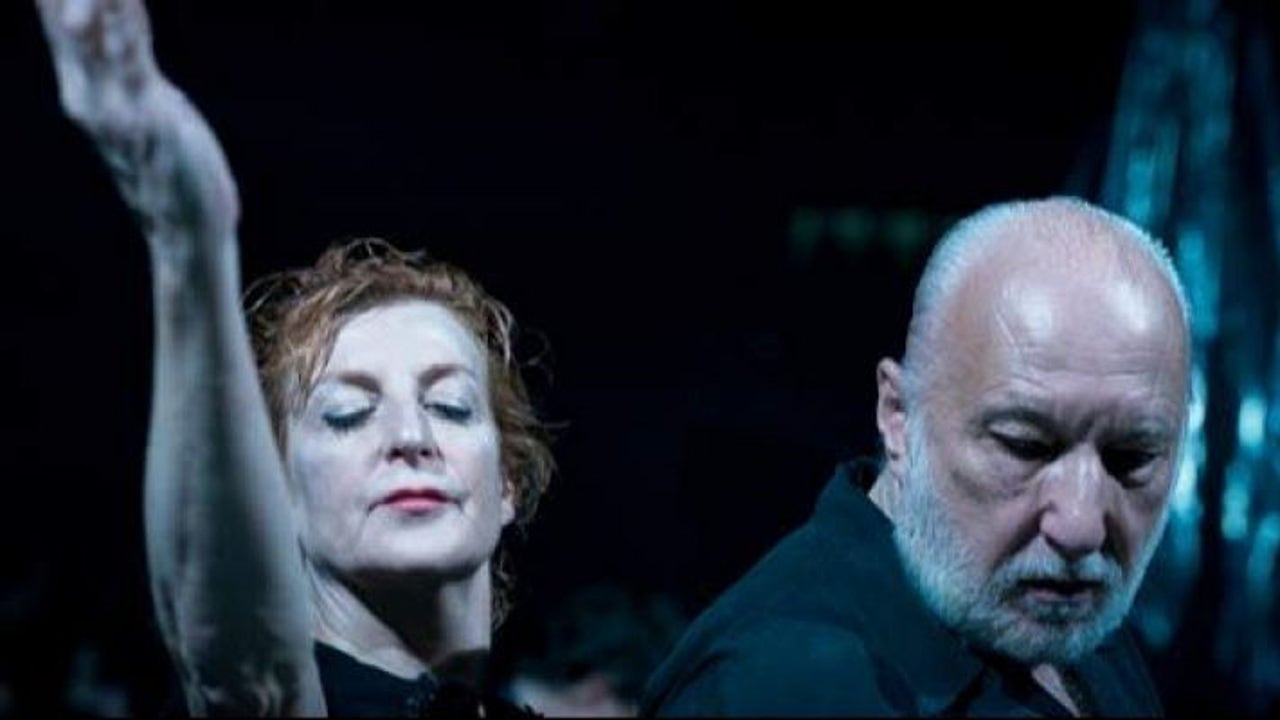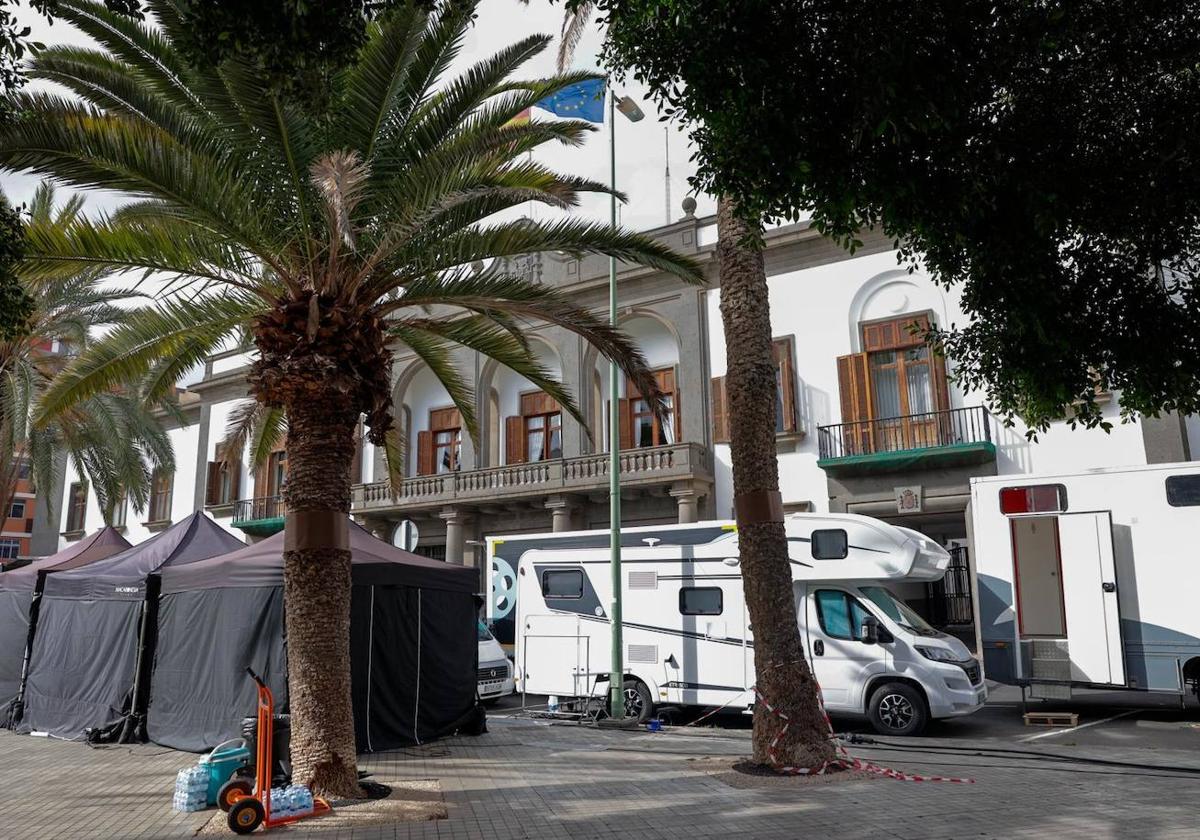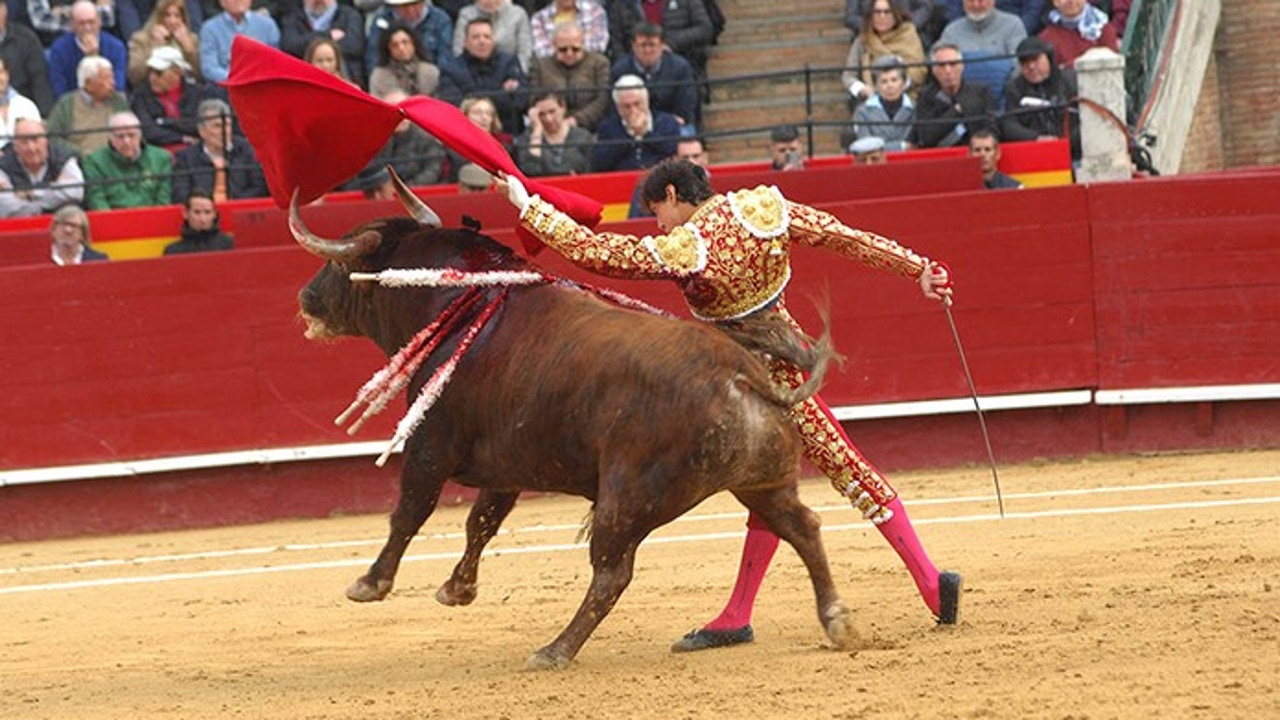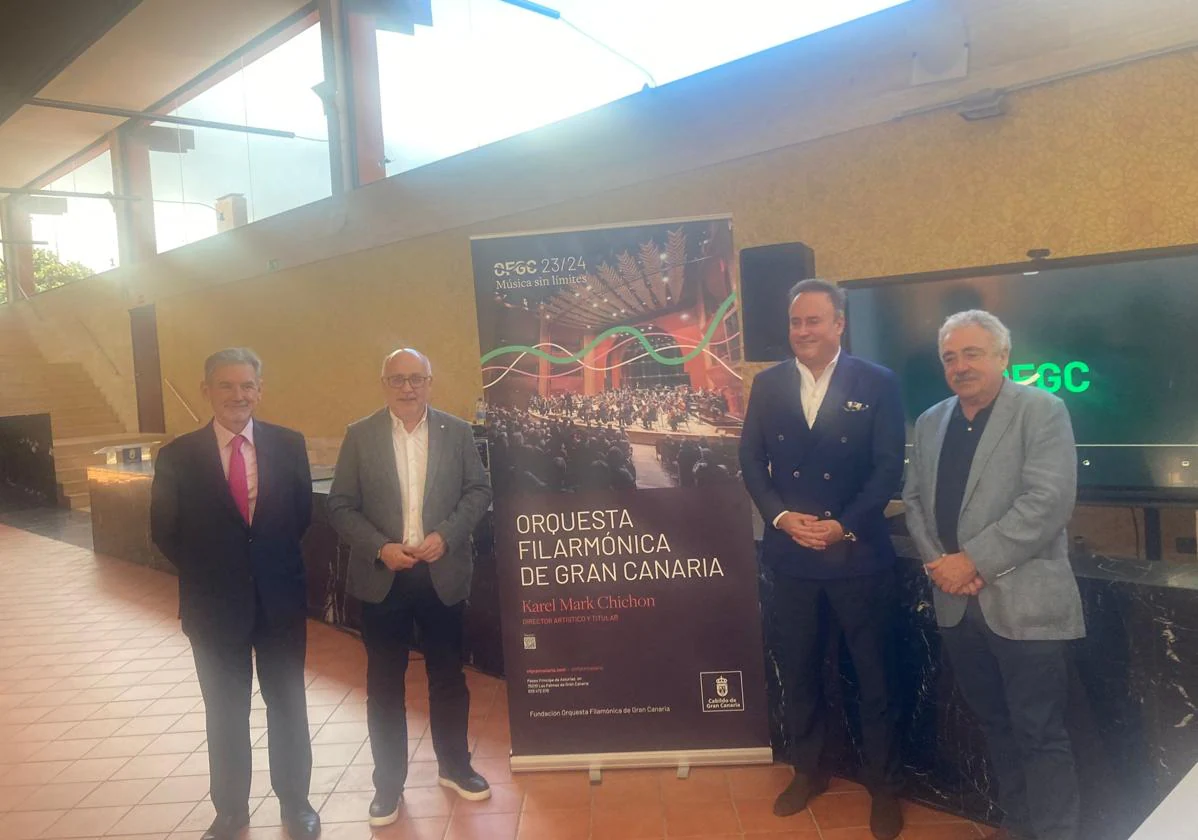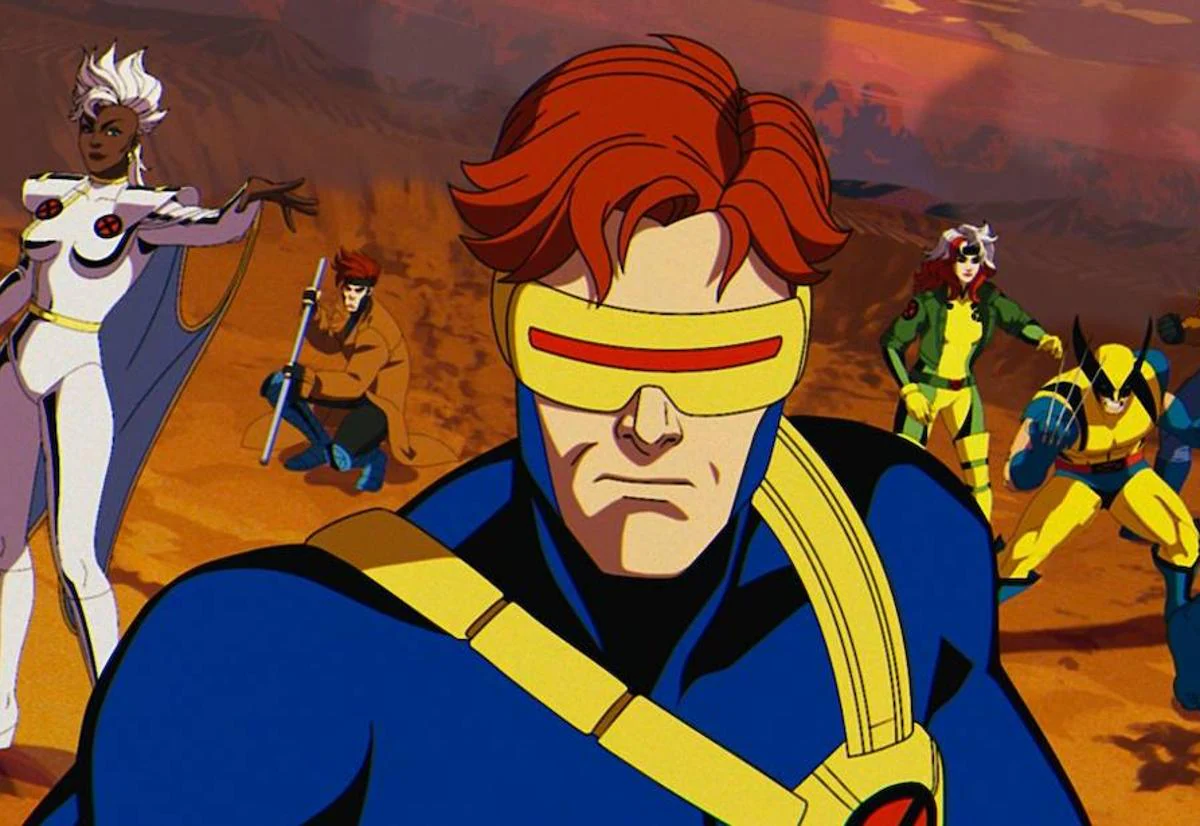The cursed 'queer' of Alberto Cortés

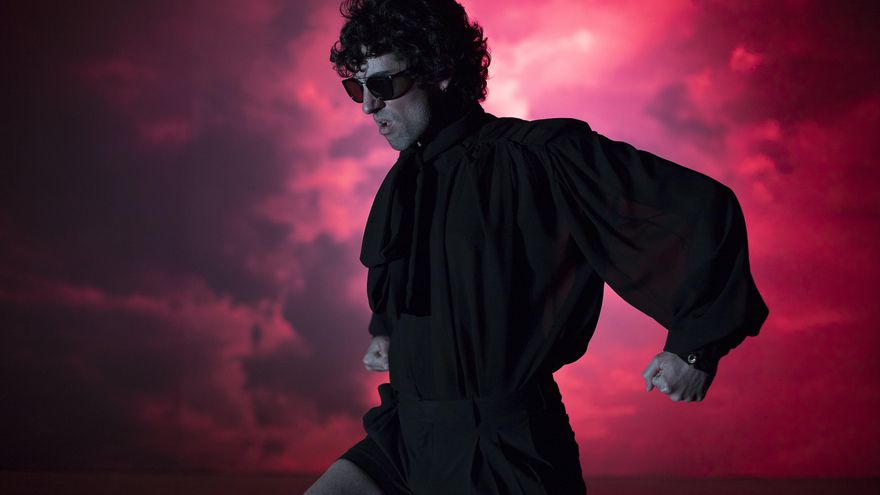
Alberto Cortés is a queer bullfighter, a scenic enigma, a Hakim Bey, half queer, half Sufi, who explodes in his latest piece, El ardor. An unclassifiable stage work, full of Nietzsche's Apollonian force and Burroughs's harsh verb that Cortés turns into uncivic verbiage in search of a community of "fags, dykes, blacks and non-binary", of a "secret geometry" and organized that destroy our homes by infecting them with heat. The piece manages to situate itself in romanticism and accursedness, something that today might seem almost impossible. Although Cortes succeeds. And, in addition, he manages to make those words move and lodge in the flesh. His dance is of a beauty inseparable from his speech, and his speech can only be said through that body. Scenic experimentation full of true vital inquiry and a more than remarkable text full of lyricism and uncompromising acidity.
This week, after touring various cities and festivals, the production arrives at one of the last experimental and independent strongholds in the capital, Replyka Theater. But the story of this man from Malaga, that story that is chosen in El ardor, began much earlier. Cortés studied directing and dramaturgy in his hometown: "I have never liked the theater, but I realized that the theater was a form where everything fit. For me, the theater has never been a place for stories, but a place to destroy those stories. When I manage to destroy them is when my own voice appears, "he confesses to this newspaper. It was in Malaga where in 2008 he would create his first company, Bajo Tierra, together with another Malaga native, Alessandra García. In Malaga, despite the institutions, a parallel, noisy scene was emerging, that if there was no room, they did the works in houses, that created and managed its own festival, El Quirófano, and that today includes names like María del Mar Suárez ' La Chachi', Ximena Carnevale, Alessandra García herself with Roberta Niebla, Cristian Alcaraz or Luz Prado. "There was a lot of desire, a lot of attitude and very little money, it was a very rogue and very punk thing. A very important breeding ground was generated to understand the scene in Malaga today, we all come from that moment," recalls Cortés.
In 2012, Cortés would decide to go it alone: there would begin a stage of dazzling creative production, one piece per year: Long live the war, Exit, Mikoto's story, The last rave or Hollywood are some of them. At this stage, he begins to appear on the scene: "Before I worked from the outside, that was an important leap to understand many things and to fully discover who I was in front of the viewer. And that's when the idea of a very impure dramaturgy began to interest me, in which to work on the remix, tradition and folklore, flamenco. I was looking for what our roots were in that impurity and how I could place it in the current scene", Cortés specifies.
Years focused on creation and with little touring that were shaping the creator who two years ago, with his previous piece, Massacre in Nebraska, premiered at the Central Theater in Seville and arrived at the Madrid Autumn Festival. A piece that was a collective manifesto, with a dozen actors on stage, in which Cortés laid the foundations of the theater that he defends, a theater that has not been made, not composed, that shies away from plot and narrative. In that piece, when Cortés approached the end, after more than an hour of work in which they recalled, from the irreverence born of admiration, pieces by creators such as Jan Fabre, Angélica Liddell, Rodrigo García or The Count of Torrefiel; and after paying an acid homage to all the representations that continue to be repeated throughout the world of Miss Julia, the well-known work of August Strindberg, Alberto Cortés said: "In these moments, right now, I feel very small. When I do this kind of thing on stage and I feel very, very small. I'm the midget from Twin Peaks."
There, Cortés, after saying that he was not going to "fuck octopuses" like in the Liddell show, nor that he was going to let himself be peed on, he lowered his pants and said in a quiet, centered voice: "We don't want another scene, we don't want another story, we don't need another scene, we want the cane after the play. Better: we want the cane before, during and after the play. But we don't want more scenes or more stories. We want campfires, yes, campfires to gather around the fire, we want a summer camp. There, at that moment, Cortés mutates, the founding moment of an artistic turn in which he begins to speak shirtless, delivered, to the public. There, at that moment, is the genesis of El ardor: "Nebraska is the peak of that block of remixing, tradition and folklore, it is in that ending where I feel that in the next one I can no longer continue there, that another The answer is El ardor, which bets on the poetic and not the discursive, which points to what cannot be caught and has to do with a word that is in the body".
Cortés' piece is a hybrid, it is neither a conference nor a one-man show, nor is it dance and it is still pure theatre. Already at the beginning of the work, he makes it clear that he is entering a terrain where the word will ask for the impossible, where the utopian, because it is unattainable, is the only thing worth defending. With twisted joke, he begins by saying: "Death separates people, we must demand from the State that all those who were once dead come back to life, demand immortality, resurrection from the State. Demand it on the street, burning cars. We are going to free God from the meat problem and we are going to give it to the State."
From there, Cortés will face an impossible rant where, always looking at the public, he will break down a wonderful text, full of chewed up and appropriate references, which will advocate a fierce and soft curse at the same time, sexual and dedicated. Clinging to that Nietzsche phrase that cries out that "it is still necessary to have chaos within oneself in order to give birth to a dancing star", he gradually becomes a queer necromancer who, at the same time that he cuts off heads with sarcasm and self-confidence, shows his fragility converted into severe will. A will that wants to fight without complacency for vital intensity.
At one point in the work, he says: "How beautiful are the streets, how are they making the Internet beautiful, how are they making homosexuality, they are making it beautiful, they are making it beautiful, they are making fagots good, They are making the fagots pretty, they are crazy with happiness … ". When asked about the queer discourse that the work has, Cortés is clear: "Every queer discourse for me implies a thought, a self-criticism, a reflection. Queer identity appears in the work, which is something that had never appeared so obviously. in my previous pieces. There is like an exit from the closet, but not only because of the queerness, but because there is a gesture of showing who was that who was hidden there in the previous pieces. And it is true that there is also a lot of sarcasm with the type of queer that we are building. What is this thing about the good queer, the capitalist queer, the queer of the boat cruises. The queer of El ardor is the opposite: it is terrible, it has to do with the damned, but the damned chosen, no the damned dramatic 'look how I suffer', but the damned bit of a Burroughs Wild Boys terrorist thing, a terrible, dangerous, not at all harmless queer."
Throughout the piece, the creator unravels a concept of ardor that escapes desire: "I had to be careful to separate these two concepts, desire is also a very capitalist thing in our queer culture, the desire to use throw bodies," says Cortés, who, when trying to define what ardor is, speaks of something that cannot be extinguished, like a continuous, eternal desire, "a state of enthusiasm and fervor that never dies. There is something in the work that incites explosion, a more dangerous way of being is proposed", explains Cortés, who says he will not give up the possibility of creating a dangerous community of queers, dykes, black women, non-binary and other wild boys with this work. "Although I know that it is impossible, I dream of that community, I dream of being able to have a dangerous speech. I know that I am in a theater, that this is impossible, that people are sitting in their seats and that we continue in a structured and paid convention, but I want to think that something is sneaking in that can hit and ignite. El ardor speaks of that romanticism, that the word can lift people. That is the heart of the piece, "he indicates.
Much is said about the embodied and sick text of Angélica Liddell. Cortés achieves something similar, although it is from a very different side. The text, that impossible verbiage, is said from the body, but from a body that instead of getting sick goes towards the dance. A dance that will be present at all times, unfinished, fragmented into unfinished words and movements, but which has two high points during the piece. The first under a type of cante from Malaga, similar to the fandango, the verdiales. There, Cortés fights, he offers himself. The second, under a piece by Bach that ends in remastered music by Pablo Peña from the group Pony Bravo. It is the last dance, a dance of amazing fragility, where there is the rebel, the romantic, the possessed, and in which Cortés is transfiguring himself into a woman under a sky reddened with death. Moment of pure unfinished dance, of confrontation with the abyss that is oneself.
Cortés in September announces that he will premiere a new piece, One Night at the Golden Bar, at the TNT Festival in Terrasa: "It's a bit the first cousin of El ardor. It's a super-cheesy declaration of love, it's a creation about queer love but carried to a very stark, very romantic extreme. At its premiere this month at the Dansa València festival, the piece has already left a trail of dedicated people.

